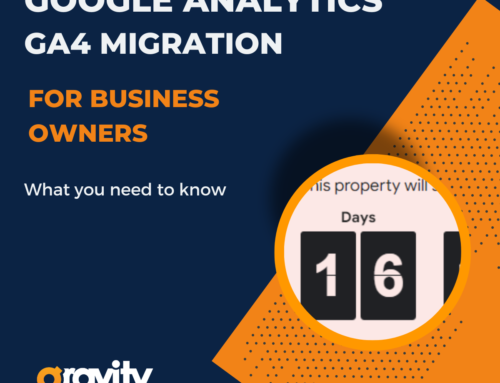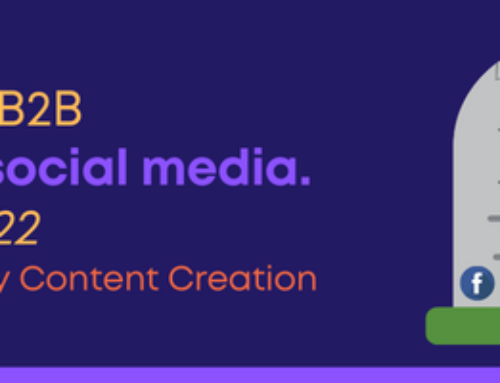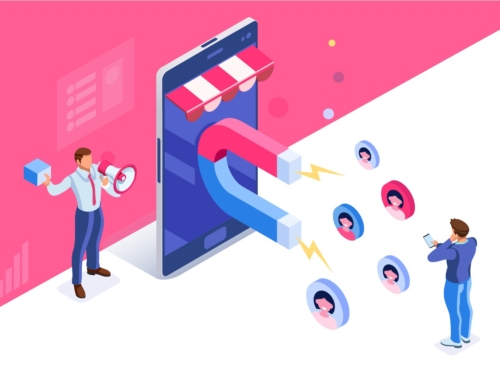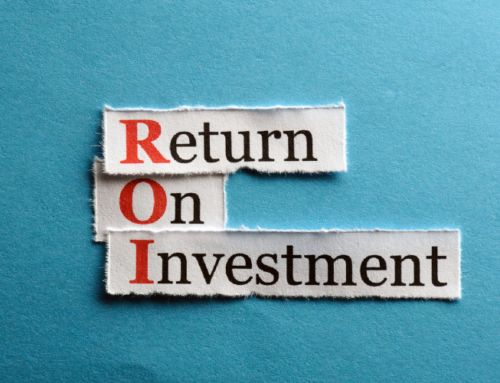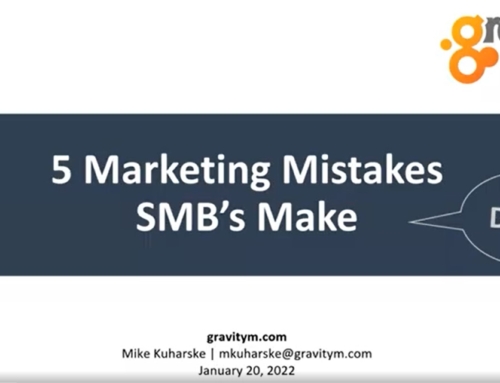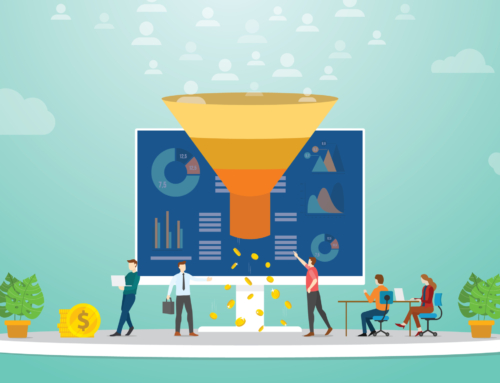All business owners invest in marketing with the fastest path to revenue in mind. Where they tend to miss the mark is in letting brand identity take priority over outreach. Companies can spend a lot of valuable time on brand messaging and logo design – then there’s the marketing collateral, website refresh, new signage….the list goes on as the months tick away.
If your sales team is successfully bringing in customers, an outdated logo won’t hold you back. But pausing activity to create that new logo will – and it could sabotage your fastest path to revenue.
Not all marketing tactics are created equal. In this article, I will demonstrate how to layer marketing tactics with varying levels of short- and long-term returns to seamlessly achieve revenue goals.
Let’s start with some examples of marketing tactics that have short- and long-term returns. It may not be surprising that the tactics that have the shortest return mimic sales activities. They also take the least amount of time to develop and launch.
Short-Term Returns
- Consistent Customer Communication
- Direct Email Marketing
- Lead Nurturing Activities
- Pay-Per-Click (PPC) Advertising
Long-Term Returns
- Logo Refresh
- Website Redesign
- Search Engine Optimization
- Content Marketing
The fastest path to revenue varies with each company. Use the following questions to help you plan more specifically where the fastest path to revenue lies, and how marketing can take you to it.
Question 1: Does the ROI have to happen in 12 months or 24 months?
In order to effectively create revenue, marketing tactics need to be tied to a business goal. That business goal gives sales and marketing an expectation of a budget, a timeline, and anticipated results. For a B2B technology company looking to break into a new sector, the fastest path to revenue might need a two-year runway. For a B2C clothing company looking to sell more of a top product, you might need a few months. An aggressive ROI needs short-term marketing tactics that mimic sales activity in order to get directly in front of prospects as soon as possible.
Question 2: Are your current customers buying everything they could from you?
It will cost exponentially more to bring on a new customer than to increase an existing customer’s spend. Take stock of all customer spending habits to understand if they are buying as much as you think they are or should. The next step can go two ways – you can work with existing contacts to cross sell and upsell complimentary products or services that will meet their business needs, or you can look to sell the same portfolio of products to other divisions or locations within the same company.
Question 3: Is your main focus on bringing in new customers?
Bringing in new customers requires a mix of outbound and inbound marketing tactics to bring awareness, establish reputation, and wake target audiences up to a problem your business can solve. That may mean balancing Facebook, LinkedIn, or Google advertising with email and cold call campaigns. As much as you can promote your brand online and wait for a response, you need to be profiling and reaching out to prospects. This reinforces any advertising they may have seen or fills a gap if they haven’t. Either way, it engages them in the first steps of the buying process.
Question 4: How long is your sales cycle?
If I generate a lead today, will it take two years before a purchase order is signed? Or is your sales cycle fast and transactional? Marketing tactics can drive lead generation, but the actual revenue is dependent on the typical sales cycle. When determining the fastest path to revenue for your business goal, focus on tactics that are going to create quality leads that start the sales process. The sooner you get the first interaction, the faster the ROI once the prospect completes the sales cycle and becomes a customer.
Question 5: Have you already passed Marketing 101?
Think of marketing as a progression – start with a foundation of understanding, and test new theories until you find the systematic process that creates predictable results. As the company grows, build on that foundation with tactics that take longer to create and potentially longer to payoff. As you get more sophisticated in marketing, your branding will pay off by helping to boost your market share.
The fastest path to revenue is objectively easy to determine. How fast you can get there depends on your approach.
Gravity Marketing is celebrating 10 years in the business. That’s 10 years of growing client businesses alongside our own. It’s also 10 years of trial and error, risk and reward, lessons learned, and problems solved. In this series, Gravity Marketing’s president and founder, Mike Kuharske, shares the top insights he’s gained over 10 years as an entrepreneurial marketer.

